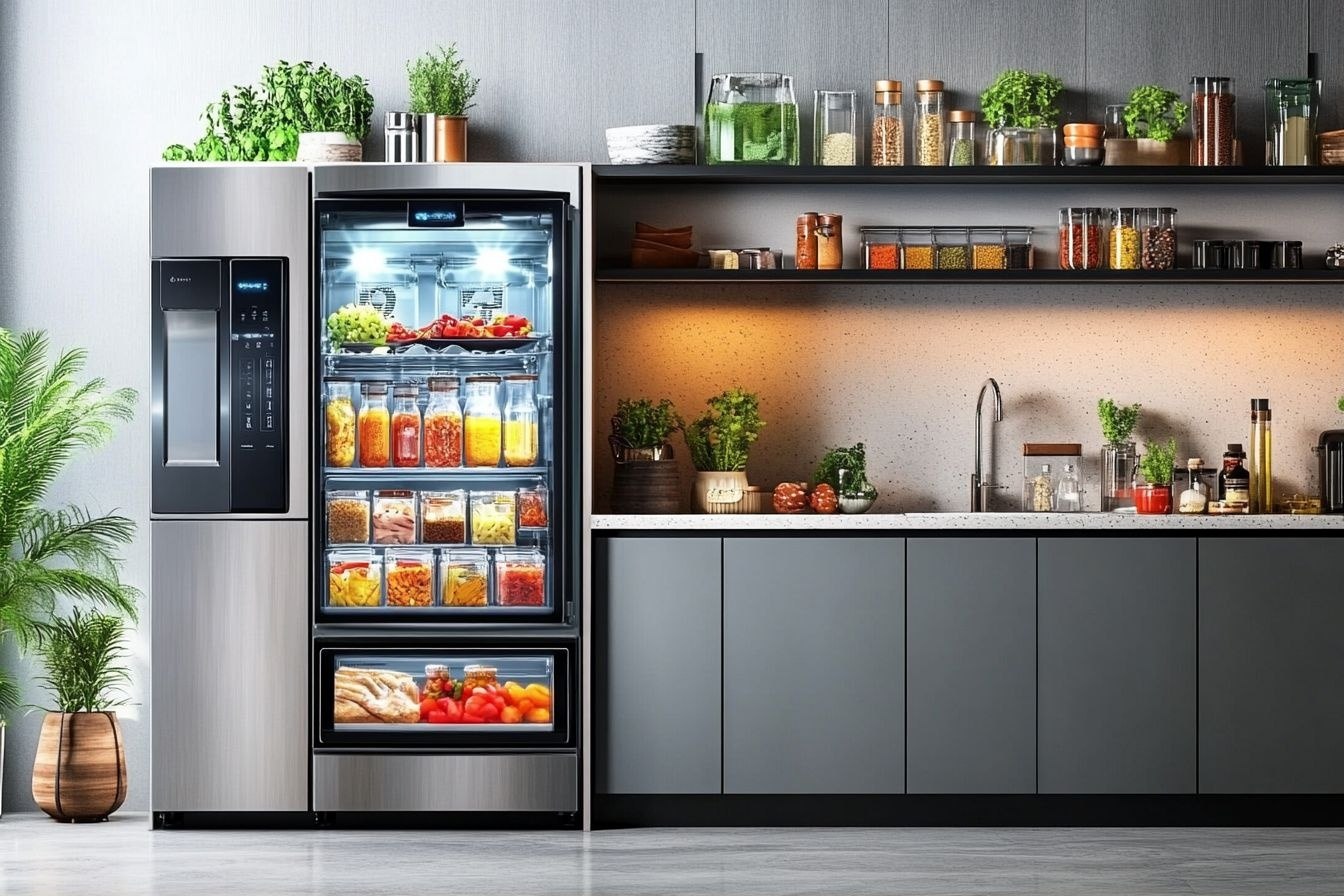Refrigerators: Essential Appliances for Food Storage and Preservation
Refrigerators are indispensable appliances in modern households, playing a crucial role in food storage and preservation. These cooling devices help extend the shelf life of perishable items, maintain food quality, and reduce waste. As technology advances, refrigerators have evolved to offer a wide range of features and designs to suit various needs and preferences.

How do refrigerators work?
At their core, refrigerators operate on a simple principle: they remove heat from the interior compartment and release it into the surrounding environment. This process is achieved through a refrigeration cycle involving several key components:
-
Compressor: The heart of the refrigerator, which compresses refrigerant gas, raising its temperature and pressure.
-
Condenser: Located at the back of the fridge, it releases heat from the compressed refrigerant to the surroundings.
-
Expansion valve: Reduces the pressure of the liquid refrigerant, causing it to cool rapidly.
-
Evaporator: Inside the fridge, the cold refrigerant absorbs heat from the interior, cooling the contents.
This continuous cycle maintains the desired temperature inside the refrigerator, typically between 0°C and 4°C (32°F to 40°F).
What are the different types of refrigerators?
The market offers various refrigerator styles to accommodate different space requirements and user preferences:
-
Top-freezer: A classic design with the freezer compartment on top and the refrigerator below.
-
Bottom-freezer: Reverses the traditional layout, placing the freezer at the bottom for easier access to frequently used items.
-
Side-by-side: Features vertical compartments, with the freezer on one side and the refrigerator on the other.
-
French door: Combines a bottom freezer with two side-by-side doors for the refrigerator section.
-
Mini fridge: Compact units ideal for small spaces, offices, or dorm rooms.
-
Built-in: Designed to seamlessly integrate with kitchen cabinetry for a streamlined look.
Each type has its advantages, and the choice often depends on personal preferences, kitchen layout, and storage needs.
What features should I consider when buying a refrigerator?
When shopping for a new refrigerator, consider the following features to find the best fit for your lifestyle:
-
Size and capacity: Ensure the unit fits your kitchen space and provides adequate storage for your household’s needs.
-
Energy efficiency: Look for models with high energy ratings to reduce electricity consumption and costs.
-
Temperature controls: Precise temperature management helps maintain optimal conditions for different food types.
-
Adjustable shelving: Flexible storage options accommodate items of various sizes.
-
Humidity-controlled drawers: Keep fruits and vegetables fresh for longer periods.
-
Ice and water dispensers: Convenient for quick access to chilled water and ice.
-
Smart features: Some models offer Wi-Fi connectivity, allowing remote monitoring and control.
-
Noise levels: Consider quieter models if the kitchen is near living or sleeping areas.
-
Finish options: Choose from stainless steel, black stainless, or traditional white to match your kitchen decor.
How can I maintain my refrigerator for optimal performance?
Proper maintenance can extend the life of your refrigerator and ensure it operates efficiently:
-
Clean the condenser coils: Vacuum the coils at least twice a year to remove dust and debris that can hinder performance.
-
Check door seals: Ensure the rubber gaskets are clean and sealing properly to maintain temperature and energy efficiency.
-
Organize contents: Avoid overcrowding, which can impede air circulation and cooling efficiency.
-
Set the right temperature: Keep the fridge between 0°C and 4°C (32°F to 40°F) and the freezer at -18°C (0°F).
-
Defrost regularly: For models without auto-defrost, remove ice buildup to maintain efficiency.
-
Clean the interior: Wipe down shelves and drawers regularly with a mild detergent solution.
-
Replace water filters: If your model has a water dispenser, change the filter as recommended by the manufacturer.
What are some energy-saving tips for refrigerator use?
Refrigerators can be significant energy consumers in households. Here are some tips to reduce energy consumption:
-
Keep the refrigerator full: A well-stocked fridge retains cold better than an empty one.
-
Allow hot foods to cool before refrigerating: This reduces the workload on the compressor.
-
Cover foods and liquids: Uncovered items release moisture, making the compressor work harder.
-
Minimize door openings: Frequent or prolonged door openings let warm air in, increasing energy use.
-
Check the temperature settings: Avoid setting the temperature colder than necessary.
-
Place the refrigerator away from heat sources: Keep it away from ovens, dishwashers, or direct sunlight.
-
Consider upgrading to a more energy-efficient model: Newer refrigerators often consume less energy than older ones.
By following these guidelines, you can ensure your refrigerator operates efficiently, preserves food effectively, and helps reduce energy costs.
In conclusion, refrigerators are essential appliances that have become integral to modern kitchens. Understanding their operation, features, and maintenance requirements can help you make an informed purchase decision and ensure optimal performance throughout the appliance’s lifespan. Whether you opt for a basic model or a feature-rich smart refrigerator, proper care and usage will help keep your food fresh and your energy bills in check.




